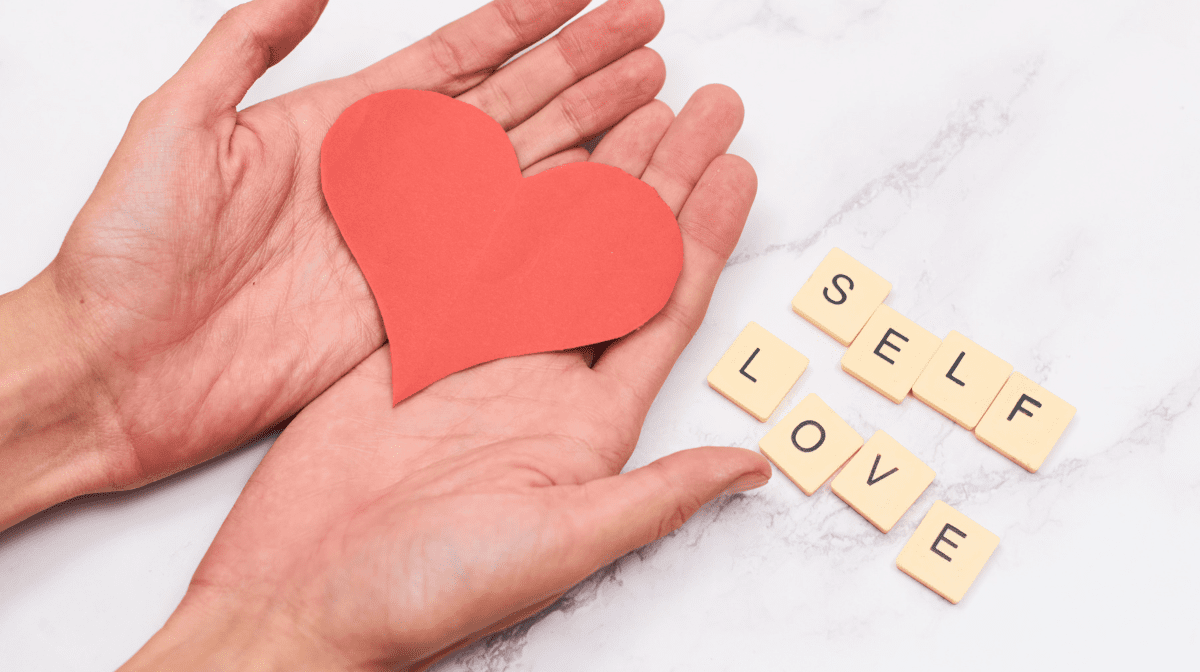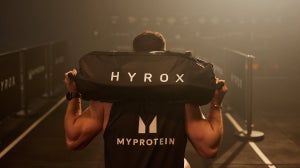
Muscle injuries are the most common injuries in sports, representing 10–55% of all reported injuries.1
While muscle injuries can take players out and cause a lack of mobility, muscle tissue has an impressive ability to restore itself and bring back proper muscle function.
Because muscle injury is such a prevalent issue, there are various methods available to address it.
Treatments like RICE (rest, ice, compression, elevation), massage, early mobilization, and NSAIDs (non-steroidal anti-inflammatory medications), have been used to reduce pain, inflammation, and swelling in the initial phase of the injury.1
In recent years, people have begun to try more advanced therapies like ultrasound, platelet-rich plasma, growth factors, gene therapy, anti-fibrotic therapy (inhibitors of TGF-β1), and stem cells.1
Yet, even with advanced treatments, there is still no standard, ideal way to promote muscle repair post-injury.
In a recent study, researchers aimed to test out a relatively new, more simple method that could repair muscle faster. But before we get into it, let’s first understand what this method is and what it does to the body.
Hypobaric Hypoxia
Hypobaric hypoxia refers to a state of low oxygen concentration that occurs at high altitudes.2 The word “hypobaric” means low air pressure, and the term “hypoxia” means a state in which the tissue in your body isn’t getting enough oxygen.
Together, hypobaric hypoxia refers to when there isn’t enough oxygen in the air because the pressure’s too low, causing your body to not get enough oxygen.
This state triggers a decrease in the oxygen in your arteries and tissue. Now, while this can be dangerous if you’re exposed for a long time, research has shown positive effects of short-term, intermittent exposure to hypobaric hypoxia.
Intermittent hypobaric hypoxia (IHH), characterized by long periods in normal conditions and intermittent periods in hypoxia, has been widely studied in the last few decades and shown to stimulate many health benefits.
These include increasing red blood cell production and aerobic capacity, improving muscle capillarization (increase in capillaries that surround muscle) and metabolism, controlling blood pressure, accelerating tissue repair, improving bronchial asthma, regulating metabolic syndrome, and improving your ability to adapt to high altitudes.1
The reason short-term exposure can stimulate health benefits is because of the different ways the body adapts to stress.
When not getting enough oxygen, your body will ramp up its usual processes, like red blood cell production and oxygen utilization, to adapt to the stress. This can stimulate positive health responses.
Now, most research studies hypobaric hypoxia alone, without accounting for the cold environment in which your body would naturally be in this state. In nature, you’ll always find low air pressure and cold climates at high altitudes, and this is when humans would experience a state of hypobaric hypoxia naturally.
Thus, researchers recently looked at if IHH could improve muscle regeneration after injury, and if combining this treatment with cold therapy could have a beneficial effect. Let’s see what they found.
The Study
In a recent study titled, “Simulated altitude is medicine: intermittent exposure to hypobaric hypoxia and cold accelerates injured skeletal muscle recovery”, published in The Journal of Physiology, researchers tested the method of hypobaric hypoxia for repairing muscle post-injury.
To test out the method, a hypobaric chamber was used.
The researchers carried out the study using animals and analyzed their muscle recovery using IHH and cold therapy.
The animals were divided into three groups:
- Animals who underwent only IHH therapy
- Animals who underwent only cold therapy
- Animals who underwent both therapies at the same time
All groups underwent treatment for four hours a day.
The Results
The results demonstrated that animals submitted to IHH recovered the functionality of the injured muscle in only 9 days, while animals exposed to cold therapy and to hypoxia and cold simultaneously needed 21 days to achieve the restoration of muscle function.
Factors that the researchers used to assess muscle recovery include the formation of new muscle fibers and the presence of signaling proteins that are associated with muscle growth and repair.1
They found that hypoxia specifically reduced collagen deposition, suggesting a more efficient recovery process.
Thus, while the cold therapy didn’t seem to improve the muscle recovery process, IHH was shown to be an effective way to speed up muscle recovery post-injury.
Take Home Message
There you have it, hyperbaric hypoxia is proven to be a novel way to promote muscle regeneration post-injury.
This method can potentially help athletes, or anyone for that matter, recover faster from their injuries and achieve optimal performance.
READ THESE NEXT:

Study Shows Dopamine Boost During Exercise Can Help Your Brain Perform Better
See the latest research on how exercise can help your brain perform better.

Study Shows the Way You View Stress Can Impact Your Health
The mind-body connection is real.

Study Shows Self-Compassion Can Help with Weight Loss
Being kind to yourself can go a long way.
- © 2023 The Authors. The Journal of Physiology published by John Wiley & Sons Ltd on behalf of The Physiological Society.
- Kumar S, Sharma P, Bansal A, Sharma PC, Aggarwal KK. Hypobaric hypoxia-mediated protein expression in plasma of susceptible & tolerant rats. Indian J Med Res. 2014 Dec;140(6):756-65. PMID: 25758574; PMCID: PMC4365349

A Rutgers University Honors graduate, Jamie grew up on the Jersey shore and double majored in Comparative Literature and Anthropology in college. Jamie is an experienced writer in the health and wellness, biotech, and eCommerce fields. She loves writing with a purpose and has even written for the Department of Justice.
Jamie became drawn to exercise during her time in university and began to notice the physical and mental benefits of moving your body daily. Today, Jamie enjoys Pilates, light weight training, and going on long walks in nature daily.
Jamie is also passionate about eating right and prioritizing gut health and immunity. She is always trying the next innovation in health and wellness. When she’s not writing articles, Jamie enjoys reading, playing guitar, and finding dogs to play with.






